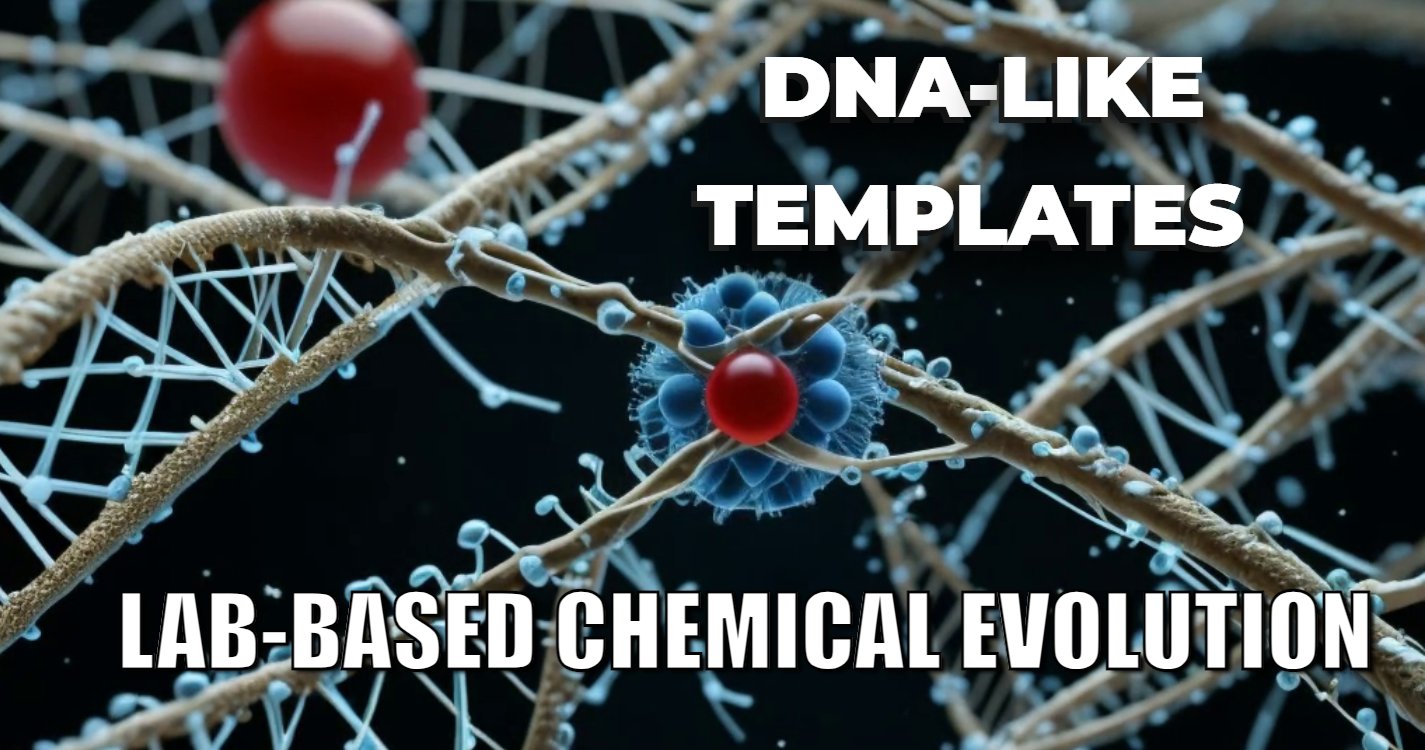Researchers have developed a novel approach, known as linker-assisted assembly (LAA), to synthesize CdS/MoS2 heterostructures for efficient photocatalytic hydrogen production. This involves incorporating presynthesized colloidal CdS quantum dots (QDs) into heterostructures using multifunctional ligands as bridging molecules. The method allows control over bandgap, electronic properties, and interfacial charge transfer, enhancing the photocatalytic reactivity of the heterostructures.
🔬 Facts
- Solar energy conversion is a promising solution for renewable energy generation.
- Solar water splitting, decomposing H2O into H2 and O2, is a promising carbon-neutral pathway.
- Hybrid heterostructures, like CdS/MoS2, are attractive photocatalyst candidates.
- CdS QDs interface with MoS2 nanosheets to enhance charge separation and electron transfer.
- Linker-assisted assembly (LAA) uses bridging ligands to synthesize controlled heterostructures.
- LAA-derived CdS/MoS2 heterostructures show tunable electron transfer and photocatalytic activity.
- Cysteine and mercaptoalkanoic acids facilitate efficient electron transfer and H2 production.
📝
Researchers are addressing the need for carbon-neutral energy technologies by focusing on solar energy conversion, specifically solar water splitting. This process involves decomposing water into hydrogen and oxygen using photocatalysts. Hybrid heterostructures, such as CdS/MoS2, show promise in enhancing the efficiency of this conversion. CdS quantum dots (QDs) are incorporated into these structures using a novel approach called linker-assisted assembly (LAA), which involves using bridging ligands like cysteine and mercaptoalkanoic acids. This technique enables precise control over electronic properties, interfacial charge transfer, and photocatalytic reactivity. The researchers found that LAA-derived CdS/MoS2 heterostructures exhibited tunable electron transfer dynamics and efficient photocatalytic hydrogen production, with certain ligands facilitating rapid charge transfer and improved reactivity.
The researchers highlight the success of their approach in synthesizing CdS/MoS2 heterostructures using linker-assisted assembly (LAA). They emphasize that incorporating colloidal CdS quantum dots into these heterostructures offers enhanced control over bandgap and electronic properties, leading to improved photocatalytic reactivity. They specifically point out that ligands like cysteine and mercaptoalkanoic acids play a crucial role in facilitating efficient charge transfer, thereby enhancing hydrogen production. The researchers believe that their findings demonstrate the viability of LAA for creating heterostructures with controlled interfacial charge transfer and enhanced photocatalytic properties.
💼
The use of linker-assisted assembly (LAA) to synthesize CdS/MoS2 heterostructures for improved photocatalytic hydrogen production is a significant advancement in the field of renewable energy. This innovative approach allows for precise control over the properties of the heterostructures, enabling better charge transfer and enhanced reactivity. By incorporating colloidal CdS quantum dots and utilizing bridging ligands like cysteine and mercaptoalkanoic acids, the researchers demonstrate a systematic way to optimize electron transfer dynamics and photocatalytic performance. This work showcases the potential of LAA as a powerful tool for designing and engineering materials with tailored properties for sustainable energy applications.
- 🌱 Ligand-bridged CdS/MoS2 heterostructures synthesized using a new assembly approach.
- 🌈 Ligand choice influences light absorption and charge transfer behavior.
- ⚡️ CdS/MoS2 heterostructures exhibit tunable light-harvesting properties.
- ⏰ Time-resolved emission decay traces reveal unique characteristics in CdS/MoS2 QDs.
- 📸 SEM images showcase MoS2 nanosheets and CdS-cys-MoS2 heterostructure films.
- 🪶 Normalized UV/vis spectra highlight differences in MoS2 nanoplatelets and CdS-L-MoS2 heterostructures.
- 🔍 Transient absorbance spectra provide insights into the photoinduced processes.
- 🧩 Researchers developed a new method to create CdS/MoS2 heterostructures using linkers, leading to enhanced photocatalytic hydrogen evolution.
- 🌞 Depending on the chosen ligand, the light absorption and charge transfer properties of the heterostructures can be controlled, offering opportunities for tailored applications in energy conversion.
- 💧 The study’s findings shed light on the intricate dynamics of charge transfer and photoinduced processes in these novel heterostructures, which could impact the design of efficient photocatalytic materials.
- Hans K. Carlson, Denish Piya, Madeline L. Moore, Roniya T. Magar, Nathalie H. Elisabeth, Adam M. Deutschbauer, Adam P. Arkin & Vivek K. Mutalik
- 🌱 Ligand-bridged CdS/MoS2 heterostructures synthesized using a new assembly approach.
- 🌈 Ligand choice influences light absorption and charge transfer behavior.
- ⚡️ CdS/MoS2 heterostructures exhibit tunable light-harvesting properties.
- ⏰ Time-resolved emission decay traces reveal unique characteristics in CdS/MoS2 QDs.
- 📸 SEM images showcase MoS2 nanosheets and CdS-cys-MoS2 heterostructure films.
- 🪶 Normalized UV/vis spectra highlight differences in MoS2 nanoplatelets and CdS-L-MoS2 heterostructures.
- 🔍 Transient absorbance spectra provide insights into the photoinduced processes.




